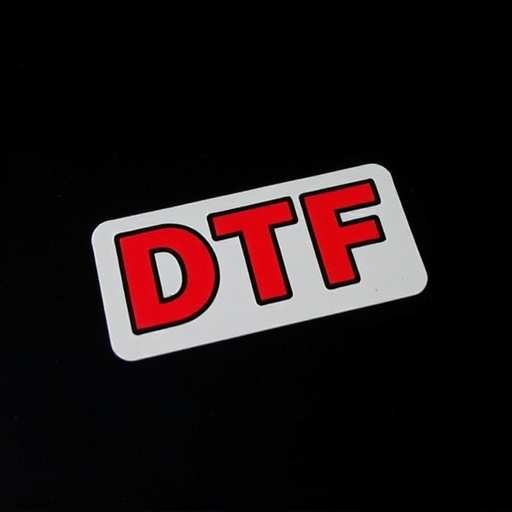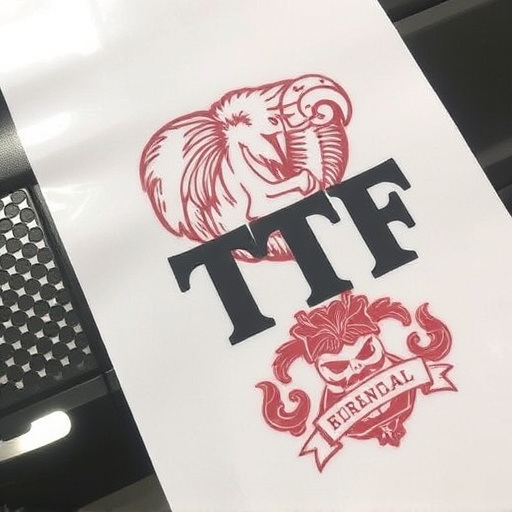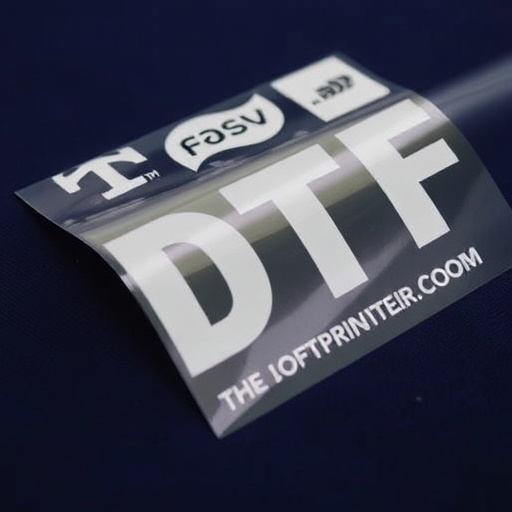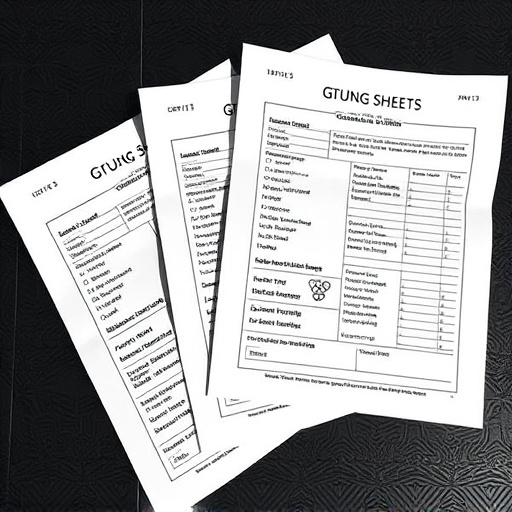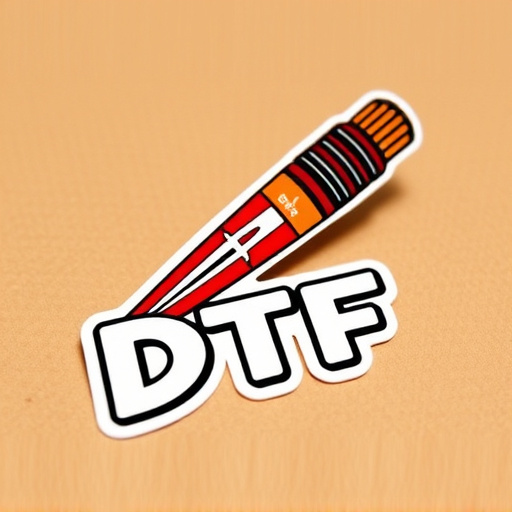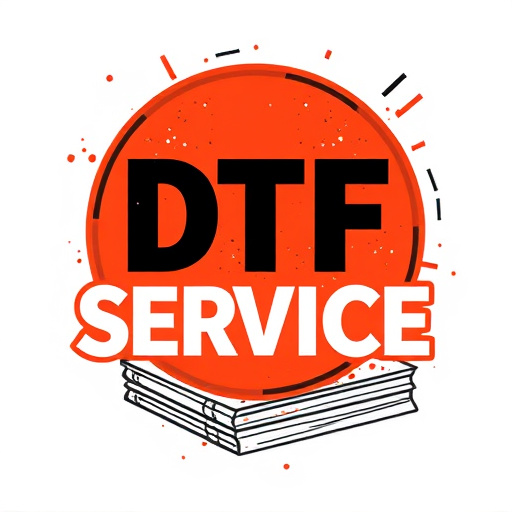DTF RIP Software revolutionizes printing by converting digital art into film positives for high-quality transfers on dtf heat transfer paper. Advanced color management, image enhancement, and precision cutting ensure intricate details are accurately replicated. Key features include automatic registration, alignment, and fine-tuning print settings, optimizing results for complex artwork on various materials. Optimal print quality requires preparing design files at 300 DPI, using vector graphics, effective color management, calibrating monitors, selecting appropriate heat transfer paper, and setting correct plate settings and screen frequency in the software.
Achieve flawless, high-resolution transfers with DTF RIP Software—the game-changer in digital printing. This article delves into the intricacies of Understanding DTF RIP Software: The Core Concepts, explores Key Features for unwavering precision, and shares Best Practices to ensure optimal print quality results. Discover how this innovative technology revolutionizes your printing experience and elevates your output to new heights.
- Understanding DTF RIP Software: The Core Concepts
- Key Features for High-Resolution Transfers
- Best Practices for Optimal Print Quality Results
Understanding DTF RIP Software: The Core Concepts

DTF RIP software stands for Direct-To-Film Rip, a powerful tool designed to optimize the process of creating high-quality prints and transfers. It’s an essential component in the printing industry, particularly for achieving precise and detailed dtf transfers. This technology translates digital artwork directly into film positives, which are then used to produce accurate and vibrant cold peel dtf transfers on various materials.
The core concept revolves around the software’s ability to interpret and convert digital data into a format suitable for photopolymer plates or films. It involves intricate processes like color management, image enhancement, and precision cutting to ensure every detail from the original design is retained in the final dtf heat transfer paper print. This advanced software offers precise control over various parameters, enabling printers to deliver exceptional results across different applications.
Key Features for High-Resolution Transfers

Achieving high-resolution transfers requires a software that understands the intricacies of digital to film (DTF) printing. Look for DTF RIP software that offers advanced color management tools, ensuring precise and vibrant colors in every transfer. This includes support for wide color gamuts, such as Pantone matches, to deliver professional results.
Additionally, key features like automatic registration and alignment ensure that designs are accurately positioned on the print medium, critical for complex artwork or detailed graphics when used for dtf printing for hoodies or other apparel. The software should also enable fine-tuning of print settings, allowing users to optimize outcomes based on their specific materials and desired finishes.
Best Practices for Optimal Print Quality Results

Achieving high-resolution transfers with DTF RIP software requires adhering to best practices designed to optimize print quality. First and foremost, ensure your design files are prepared at the correct resolution; 300 DPI is generally recommended for detailed prints. Using vector graphics or high-resolution bitmaps guarantees crisp lines and sharp details during the transfer process.
Additionally, color management plays a crucial role in DTF for apparel and other applications. Calibrate your monitors and use color profiles to maintain accurate colors throughout the design and printing stages. When selecting DTF heat transfer paper, match it closely to your intended substrate for optimal adhesion and final results. Proper settings within your RIP software, including proper plate settings and screen frequency, also contribute significantly to the quality of your DTG printing.
DTF RIP software is a game-changer for achieving high-resolution transfers in the printing industry. By understanding its core concepts, leveraging key features, and following best practices, professionals can ensure optimal print quality results. With the right tools and techniques, navigating the digital to physical transformation becomes seamless, delivering vibrant, meticulous outputs that meet even the most demanding standards.


